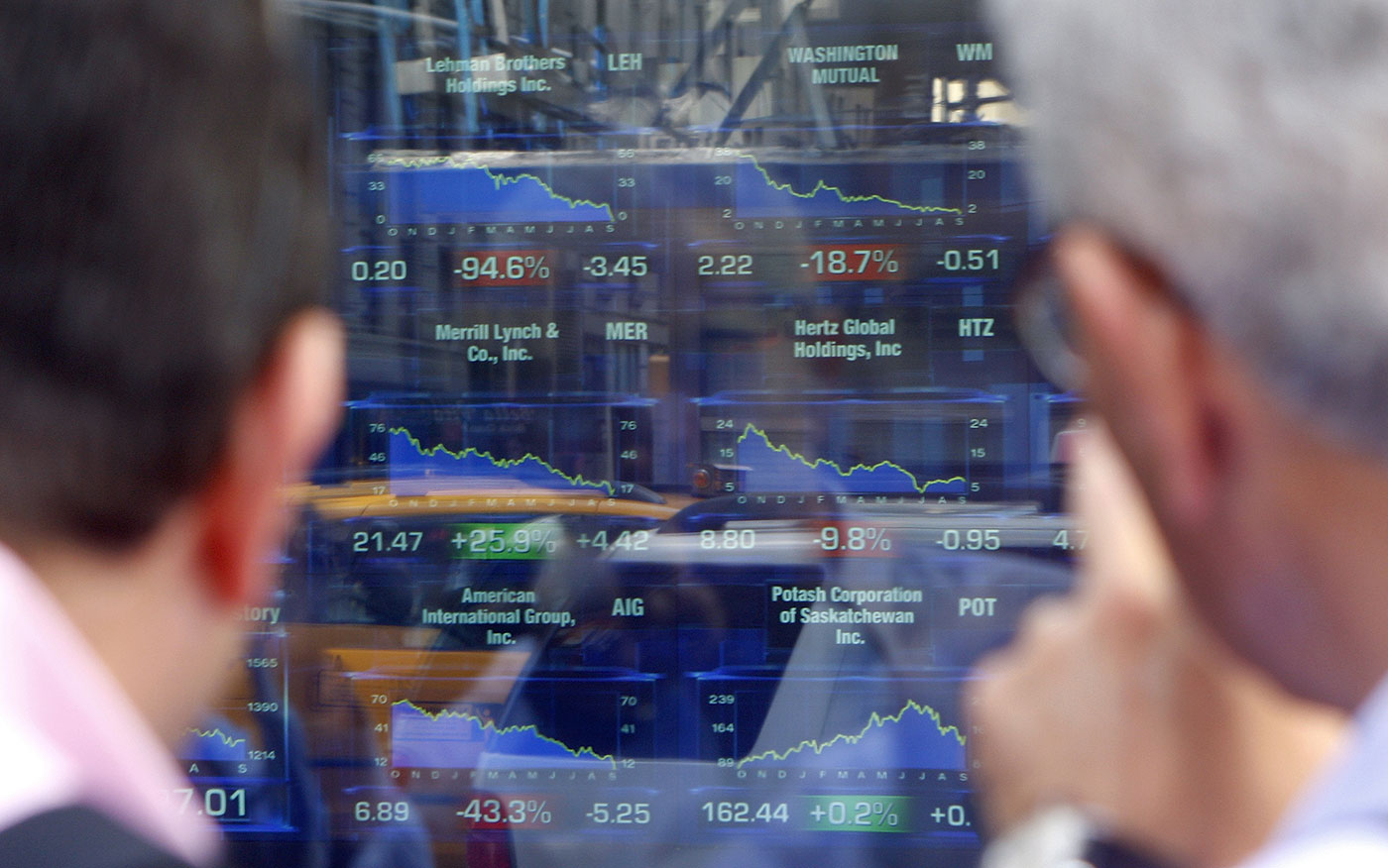Commodities are coming off stellar showings in 2021, and that provided support for an array of broad-based exchange traded funds. Making those performances all the more impressive is that of the most heavily traded and widely investable commodities – gold and silver – were laggards last year.
To start 2022, gold is modestly higher, but silver is really getting its act together, and a variety of macroeconomic factors are providing support for the white metal. High inflation in the U.S. and rising geopolitical tensions with Russia are among the catalysts boosting silver. Plus, there’s a decent technical outlook for the metal.
“March silver futures bulls have the overall near-term technical advantage,” writes Kitco Analyst Jim Wyckoff. “Prices are in a five-week-old uptrend on the daily bar chart. Silver bulls’ next upside price objective is closing prices above solid technical resistance at $25.00 an ounce.”
“The next downside price objective for the bears is closing prices below solid support at the January low of $21.945,” Wyckoff added. “First resistance is seen at the overnight high of $24.325 and then at $24.50. Next support is seen at $24.00 and then at $23.48.”
The Federal Reserve could play a pivotal role in the fortunes of silver and silver ETFs this year. If more interest rate hikes than expected are delivered, that could be a signal that the Fed believes inflation is more ornery than expected, which could be potentially constructive for the metal.
“Given the calls for even more rate hikes this year than markets are pricing in, not to mention larger individual increases than we’ve seen for many years, perhaps we are seeing some inflation hedging from traders that don’t think central banks are doing enough to bring price pressures down,” said OANDA Senior Market Analyst Craig Erlam.
With those factors in mind, these silver ETFs could be worth watching as 2022 moves along.
1. iShares Silver Trust (SLV)
Home to $12.78 billion in assets under management, the iShares Silver Trust (SLV) is the largest and most heavily traded silver ETF. Backed by physical holdings of silver, SLV reflects silver prices as measured by the LBMA Silver Price.
While silver ETFs such as SLV could be further supported by inflation, there’s even longer-ranging case for these funds centering around dollar debasement and demand from the renewable energy industry. In fact, its applications in the renewable world are essential.
“Silver is a significant PV panel material. Solar companies turn silver into a paste, loading it into each silicon wafer,” reports Jane Marsh for Resource World Magazine. “When sunlight reaches a panel, silicon sets electrons free. Silver carries electricity through a current, reaching a building or battery for storage.”
2. Global X Silver Miners ETF (SIL)
The Global X Silver Miners ETF (SIL) is the dominant name among silver mining ETFs, and it’s one of the quietest $1 billion ETFs on the market today. SIL, which turns 12 years old in April, tracks the Solactive Global Silver Miners Total Return Index and holds 41 stocks.
Something to remember about SIL – this pertains to gold miners as well – is that mining stocks tend to overshoot silver’s price action in both directions. For example, SIL is beating SLV over the past three years, but when the latter falls, the former usually experiences larger declines.
“Known as the poor man’s gold, silver tends to be more volatile than gold and silver mining stocks are even more volatile than gold stocks,” according to Barron’s. “Silver is more sensitive to industrial demand, which accounts for about 50% of demand, against just 10% for gold.”
3. Invesco DB Silver (DBS)
The Invesco DB Silver (DBS) follows the DBIQ Optimum Yield Silver Index Excess Return, making it an alternative to physically backed silver ETFs. In the case of DBS, the fund’s index provides exposure to silver futures, an asset class that’s difficult for most investors to engage with on their own.
“Commodities funds have also seen renewed investor interest. Funds in the commodities broad basket Morningstar Category gathered $8.5 billion in net new assets in 2021,” says Morningstar’s Ben Johnson. “This is the largest amount of inflows the category has seen since 2009, when commodity prices surged from their postcrisis lows and inflation fears were running high.”
One of the primary drags on the long-term performance of futures-based commodities funds is yield roll or swapping out of futures contracts on a monthly basis. However, DBS does a good job of dealing with that issue as highlighted by a three-year return of 50.6%.
The views and opinions expressed herein are the views and opinions of the author and do not necessarily reflect those of Nasdaq, Inc.
www.nasdaq.com
